9 Best Herbal Creams For Dark Circles
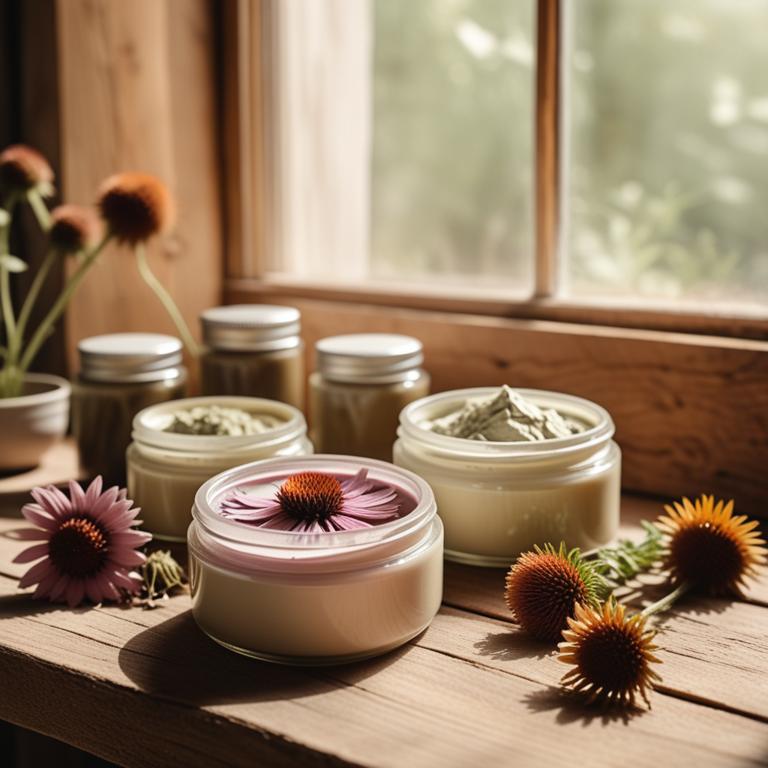
Herbal creams for dark circles are topical treatments made from natural extracts, such as herbs, plants, and essential oils, that help to reduce the appearance of dark circles under the eyes.
These creams offer several benefits, including improved circulation, reduced puffiness, and enhanced skin elasticity, which can help to minimize the appearance of dark circles.
Examples of herbal creams used to treat dark circles include Aloe vera, which soothes and calms the skin, Peppermint, which cools and reduces puffiness, Cucumber, which hydrates and refreshes the skin, Chamomile, which reduces inflammation and promotes relaxation, Rosehip oil, which stimulates collagen production and improves skin texture, and Green tea, which has antioxidant properties that help to protect the skin from damage.
By incorporating these herbal creams into a daily skincare routine, individuals can experience a noticeable reduction in the appearance of dark circles and a more radiant and refreshed complexion.
According to "Frontiers in pharmacology", creams for dark circles, enriched with bioactive extracts from traditional medicinal plants such as Indigofera argentea, which are rich in polyphenols, can help rejuvenate the skin by reducing melanin and increasing skin moisture and elasticity.
Below there's a list of the 9 best herbal creams for dark circles.
- 1. Hamamelis virginiana creams
- 2. Arnica montana creams
- 3. Urtica dioica creams
- 4. Aloe barbadensis creams
- 5. Calendula officinalis creams
- 6. Curcuma longa creams
- 7. Vaccinium myrtillus creams
- 8. Avena sativa creams
- 9. Vitis vinifera creams
Also you may be interested in...
TODAY'S FREE BOUNDLE
Herb Drying Checklist + Herbal Tea Shopping List + Medicinal Herbs Flashcards
Enter you best email address below to receive this bundle (3 product valued $19.95) for FREE + exclusive access to The Aphotecary Letter.
$19.95 -> $0.00
1. Hamamelis virginiana creams
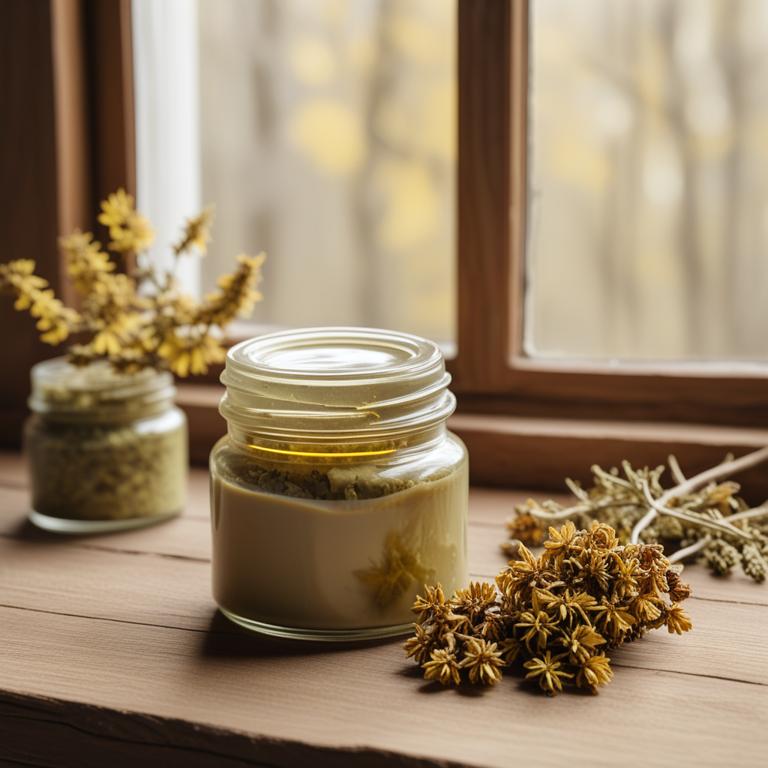
Hamamelis virginiana creams have been used to treat dark circles under the eyes due to their anti-inflammatory and antioxidant properties.
The herbal preparation helps to reduce puffiness and dark discoloration by soothing the blood vessels and promoting blood circulation.
The bioactive constituents, including witch hazel and gallic acid, possess astringent and antiseptic properties that help to reduce inflammation and protect the skin from damage.
The benefits of using Hamamelis virginiana creams include reduced appearance of dark circles, improved skin elasticity, and a more even skin tone.
2. Arnica montana creams
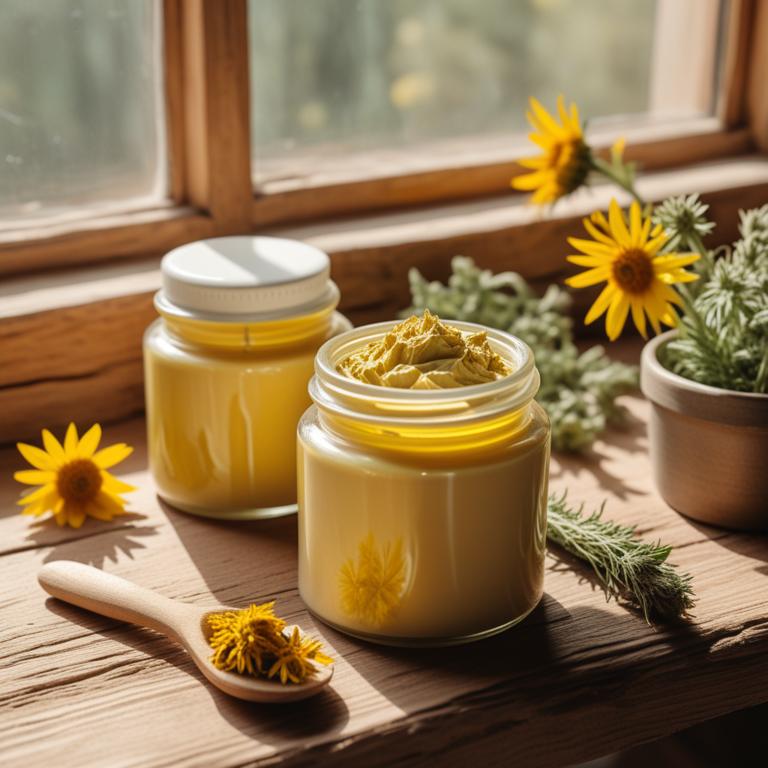
Arnica montana creams have been traditionally used to treat the dark circles ailment due to their anti-inflammatory and antioxidant properties, which help to reduce puffiness and discoloration around the eyes.
The bioactive constituents of Arnica montana, such as sesquiterpene lactones and flavonoids, have been found to have potent anti-inflammatory and antioxidant effects, which help to soothe and calm the skin.
By applying Arnica montana creams to the affected area, individuals can experience a reduction in dark circles, as the herbal preparation helps to improve circulation and reduce fluid retention.
The benefits of using Arnica montana creams to treat dark circles include reduced puffiness, improved skin tone, and a more even, radiant complexion.
3. Urtica dioica creams
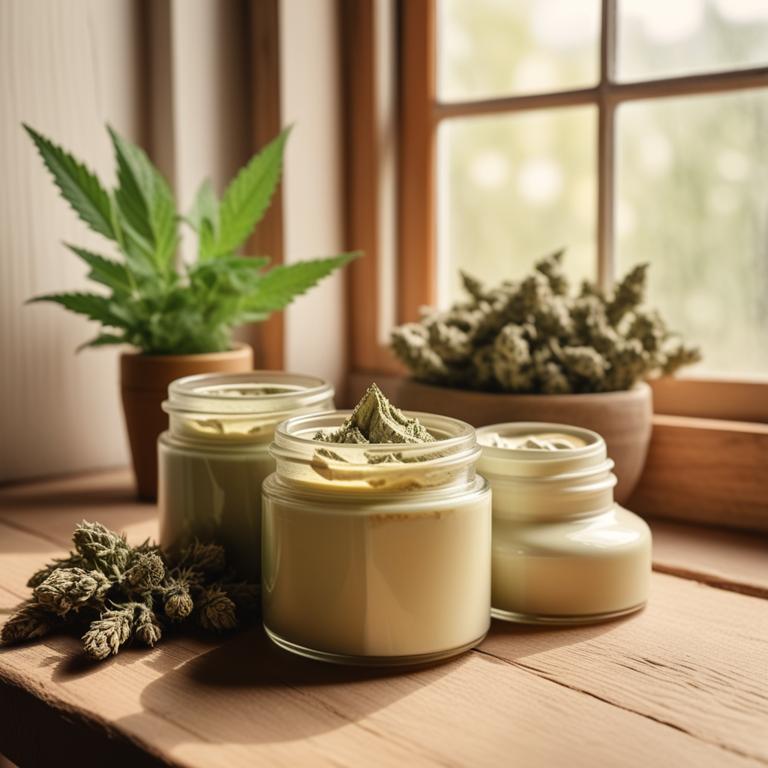
Urtica dioica creams have gained popularity as a natural remedy to treat dark circles due to their anti-inflammatory and antioxidant properties.
The bioactive constituents of Urtica dioica, including flavonoids and phenolic acids, help to reduce puffiness and darkening of the skin under the eyes by improving blood circulation and reducing oxidative stress.
The herbal preparation works by constricting blood vessels and improving lymphatic drainage, which helps to minimize the appearance of dark circles.
The benefits of using Urtica dioica creams to treat dark circles include reduced discoloration, improved skin tone, and a more refreshed and revitalized appearance.
4. Aloe barbadensis creams
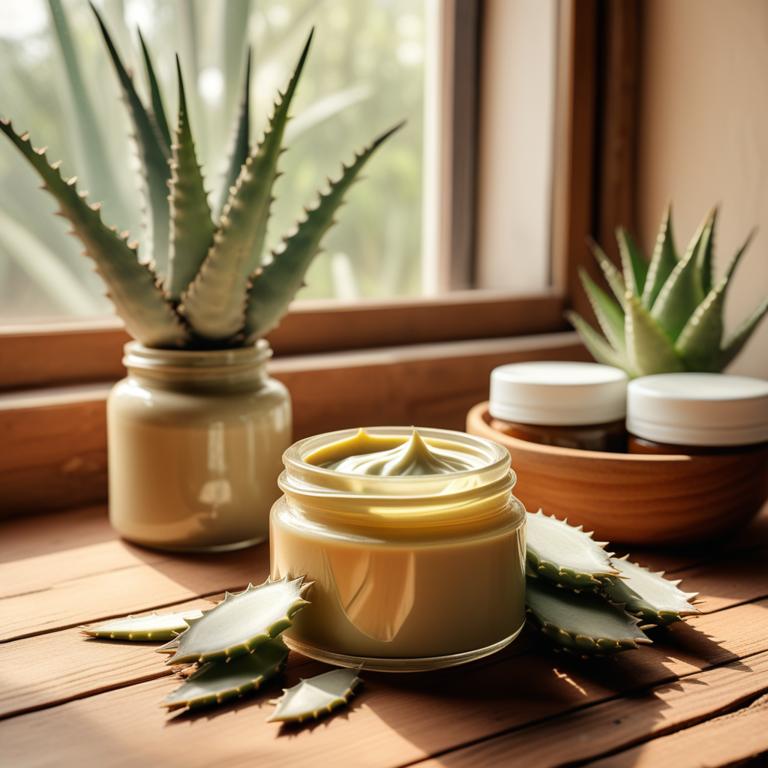
Aloe barbadensis creams have been widely used to treat dark circles due to their soothing and anti-inflammatory properties.
The gel extracted from the Aloe vera plant contains bioactive constituents such as aloin, aloe-emodin, and vitamins A, C, and E, which help to reduce puffiness and discoloration around the eyes.
These creams work by improving circulation, reducing fluid retention, and protecting the skin from damage, thereby helping to alleviate the appearance of dark circles.
The benefits of using Aloe barbadensis creams to treat dark circles include improved skin texture, reduced inflammation, and a more even skin tone, making them a popular and effective remedy for this common concern.
5. Calendula officinalis creams

Calendula officinalis creams are a popular herbal remedy for treating dark circles under the eyes.
The anti-inflammatory and antioxidant properties of this herbal preparation help to reduce puffiness and discoloration, promoting a smoother and brighter complexion.
The bioactive constituents of Calendula officinalis, including triterpenoid saponins and flavonoids, possess potent anti-inflammatory and antioxidant activities that help to soothe and protect the delicate skin around the eyes.
Regular use of Calendula officinalis creams can help to improve the appearance of dark circles by reducing inflammation, promoting collagen production, and enhancing skin elasticity, resulting in a more radiant and youthful look.
6. Curcuma longa creams
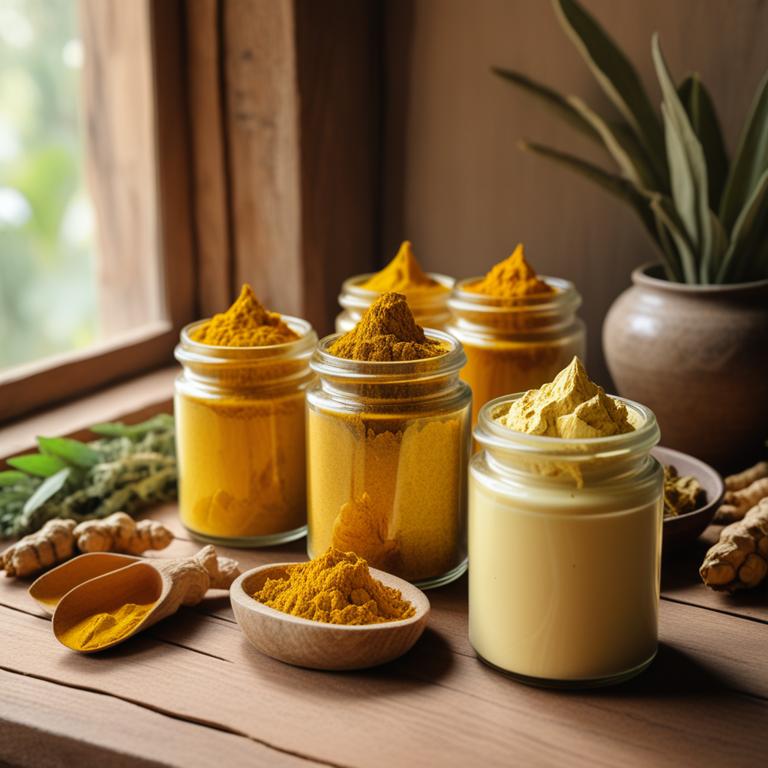
Curcuma longa creams have been traditionally used to treat dark circles under the eyes due to their anti-inflammatory and antioxidant properties.
The bioactive constituents of Curcuma longa, including curcumin and demethoxycurcumin, help to reduce puffiness and discoloration by inhibiting the production of pro-inflammatory enzymes and free radicals.
These creams work by improving blood circulation, reducing fluid retention, and soothing the delicate skin around the eyes, thus providing relief from dark circles.
The benefits of using Curcuma longa creams to treat dark circles include natural, non-invasive, and long-lasting results, making them an effective and appealing alternative to conventional treatments.
Related Study
According to "Pharmaceuticals (Basel, Switzerland)", Curcuma longa creams for dark circles show potential for development as an anti-aging agent due to its extracts, active fractions, and bioactive properties that have been demonstrated to possess strong anti-aging activities both in vitro and in vivo.
7. Vaccinium myrtillus creams
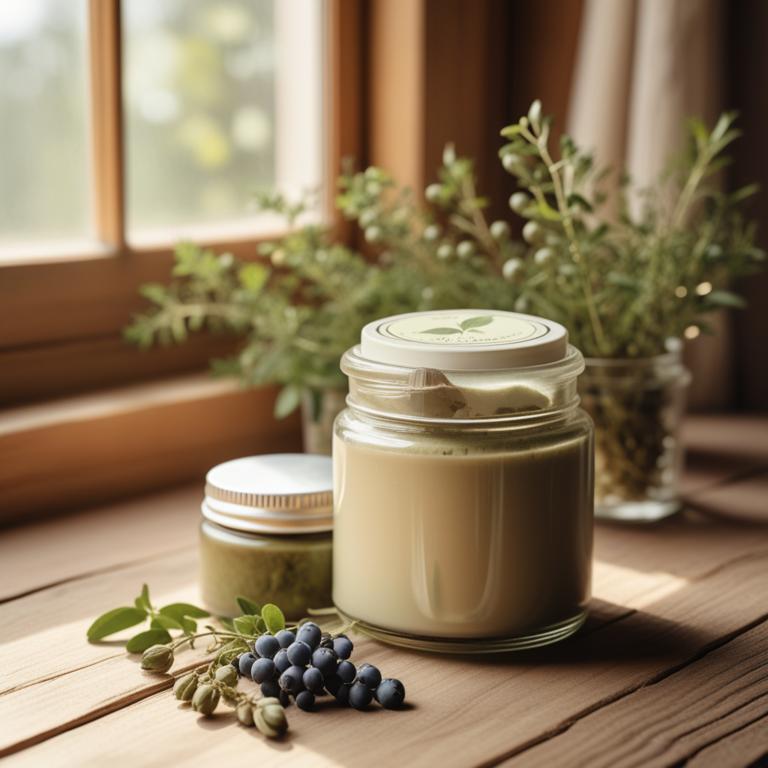
Vaccinium myrtillus creams, derived from the bilberry plant, have been traditionally used to treat dark circles under the eyes due to its anti-inflammatory and antioxidant properties.
The creams help to treat this ailment by reducing puffiness and soothing the skin, thereby improving the appearance of the under-eye area.
The bioactive constituents of Vaccinium myrtillus creams, including anthocyanins and phenolic acids, help to combat oxidative stress and inflammation, which are often associated with dark circles.
The benefits of using Vaccinium myrtillus creams to treat dark circles include reduced appearance of dark circles, improved skin hydration, and a more radiant and youthful complexion.
8. Avena sativa creams
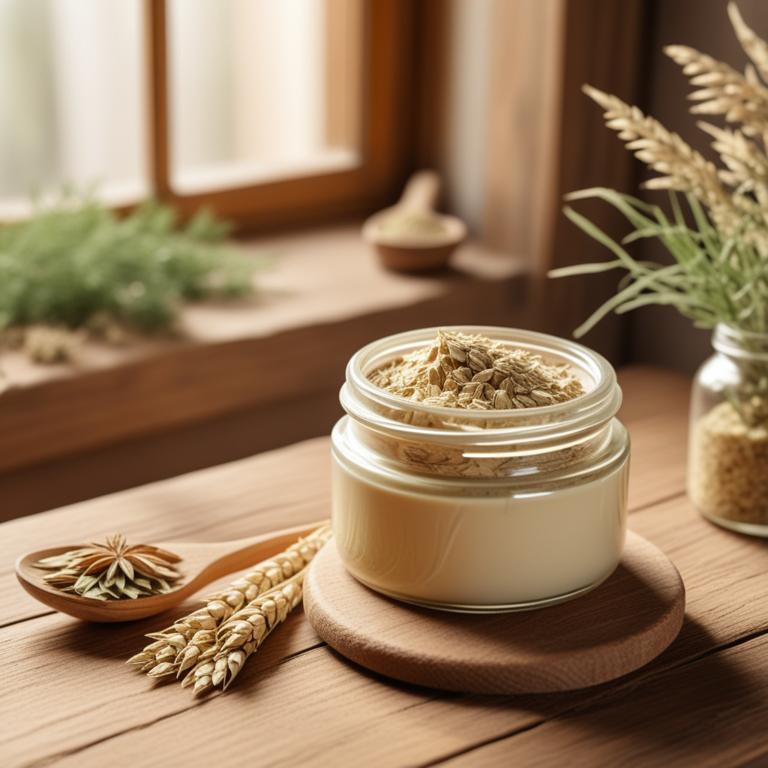
Avena sativa creams, derived from the oat plant, have been widely used to treat dark circles due to their soothing and anti-inflammatory properties.
The herbal preparation helps to treat dark circles by improving blood circulation, reducing puffiness, and promoting collagen production, thus giving the under-eye area a more refreshed and rejuvenated appearance.
The bioactive constituents of Avena sativa, including avenanthramides and avenalumic acid, possess antioxidant and anti-inflammatory properties that help to reduce the appearance of dark circles by protecting the skin from oxidative stress and promoting healthy skin function.
The benefits of using Avena sativa creams to treat dark circles include their natural, non-irritating, and gentle formula, making them an ideal choice for sensitive skin.
9. Vitis vinifera creams
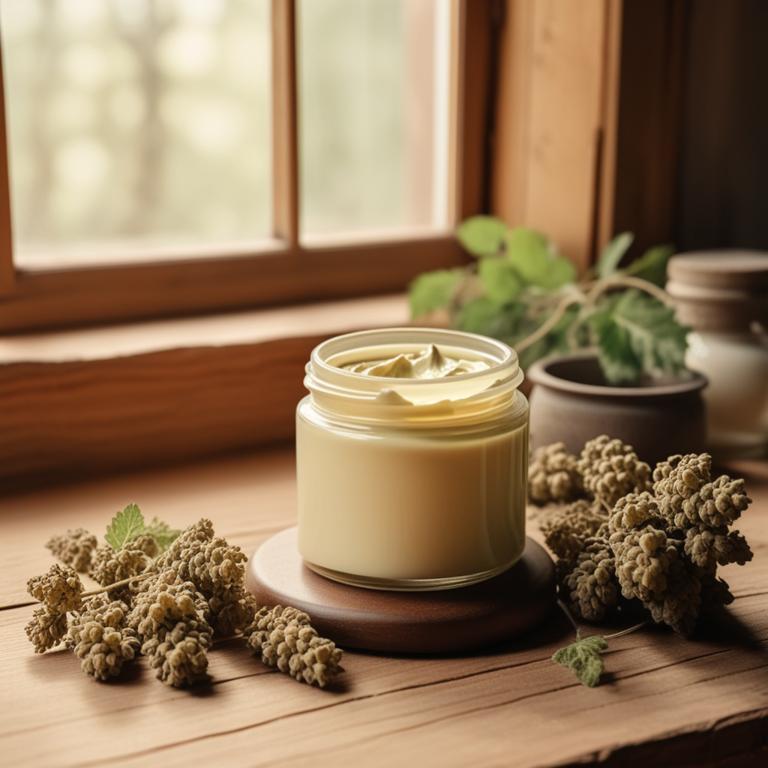
Vitis vinifera creams, derived from the grapevine, have been used to effectively treat dark circles under the eyes.
The herbal preparation contains flavonoids, anthocyanins, and other bioactive constituents that help to improve circulation, reduce inflammation, and enhance lymphatic drainage, thereby alleviating the appearance of dark circles.
The bioactive constituents, including resveratrol and quercetin, work synergistically to boost collagen production, reduce oxidative stress, and promote the breakdown of excess fluids and pigments that contribute to dark circles.
The benefits of using Vitis vinifera creams to treat dark circles include improved skin texture, reduced puffiness, and a more radiant and refreshed appearance.